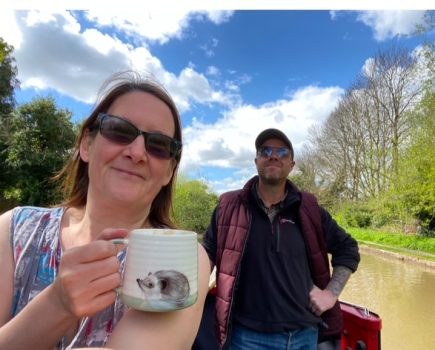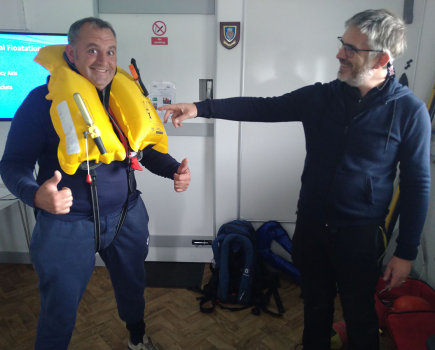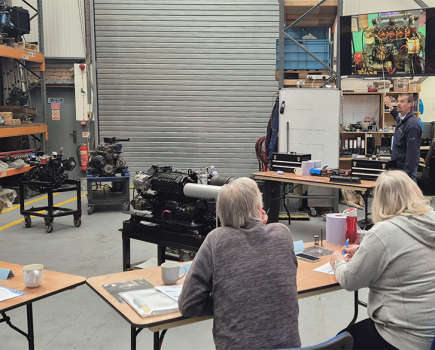A possible ‘facilities payment’ for boaters on London’s waterways is among the IWA’s proposals for dealing with pressure on the capital’s canals and rivers
A possible ‘facilities payment’ for boaters who spend more than a certain amount of time on London’s waterways is among the Inland Waterways Association’s proposals for dealing with pressure on the capital’s canals and rivers, along with creation of more permanent moorings, community moorings, and a limit on the extent of casual towpath moorings without a break.
The ideas are in the new report IWA’s Vision for London, produced by the Association “to highlight the specific issues for waterways users in the capital”, whose 145 miles of waterways have seen a huge increase in boats in recent years which “has largely come about from people wishing to live in London but being unable to afford the high rents or house prices.” IWA believes many would actually prefer to have permanent moorings rather than having to move every fortnight, but recognises that the prospect for creating them is very limited, and calls on local authorities to recognise this as a planning matter and to think about ‘affordable moorings’ in the same way as new housing. ‘Community moorings’ are also supported, on a ‘charity shop model’ based on short-term use between leases.
On the subject of the density of boats on casual towpath moorings, IWA is “concerned” that extended lengths of moored craft moored two-deep without any gaps, encouraged by the presence of hard banks and mooring rings (it gives examples on the Lee and Regents in east London) “impact on local air quality and fire safety” and prevent access to the water for other users. IWA proposes a maximum distance (to be based on guidance from the fire service) between ‘no mooring’ breaks, plus a ‘non-return period’ for all designated visitor moorings and higher overstaying charges (similar to those for on-street parking meters).
IWA calls for water, rubbish and Elsan facilities every two hours of cruising in London (suggesting the use of the Community Infrastructure Levy for funding), more turning points, and the reinstatement of former duplicate locks. However the report also says that extra wear and the need for new facilities will result in a need for funding which “may include contributions from local authorities, investment from the private sector, or charges for boats”. These charges could involve a ‘pay as you use’ charge for rubbish and Elsan disposal, or a ‘facilities payment’ within a ‘charge zone’, where the keeper of any vessel recorded in that zone for over 14 days would be warned that they would become liable for a payment (IWA suggests £4 per day) if they remained in the area.







